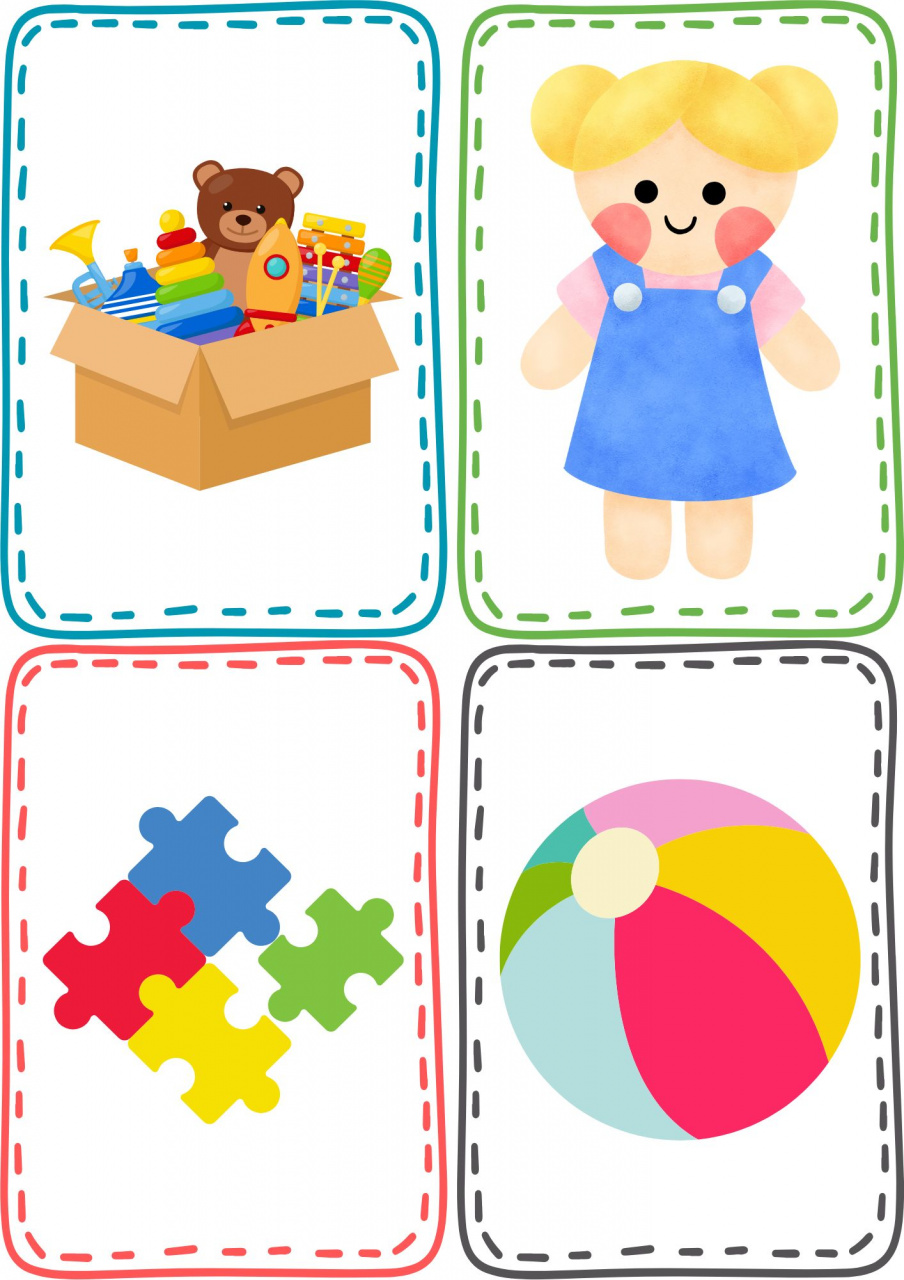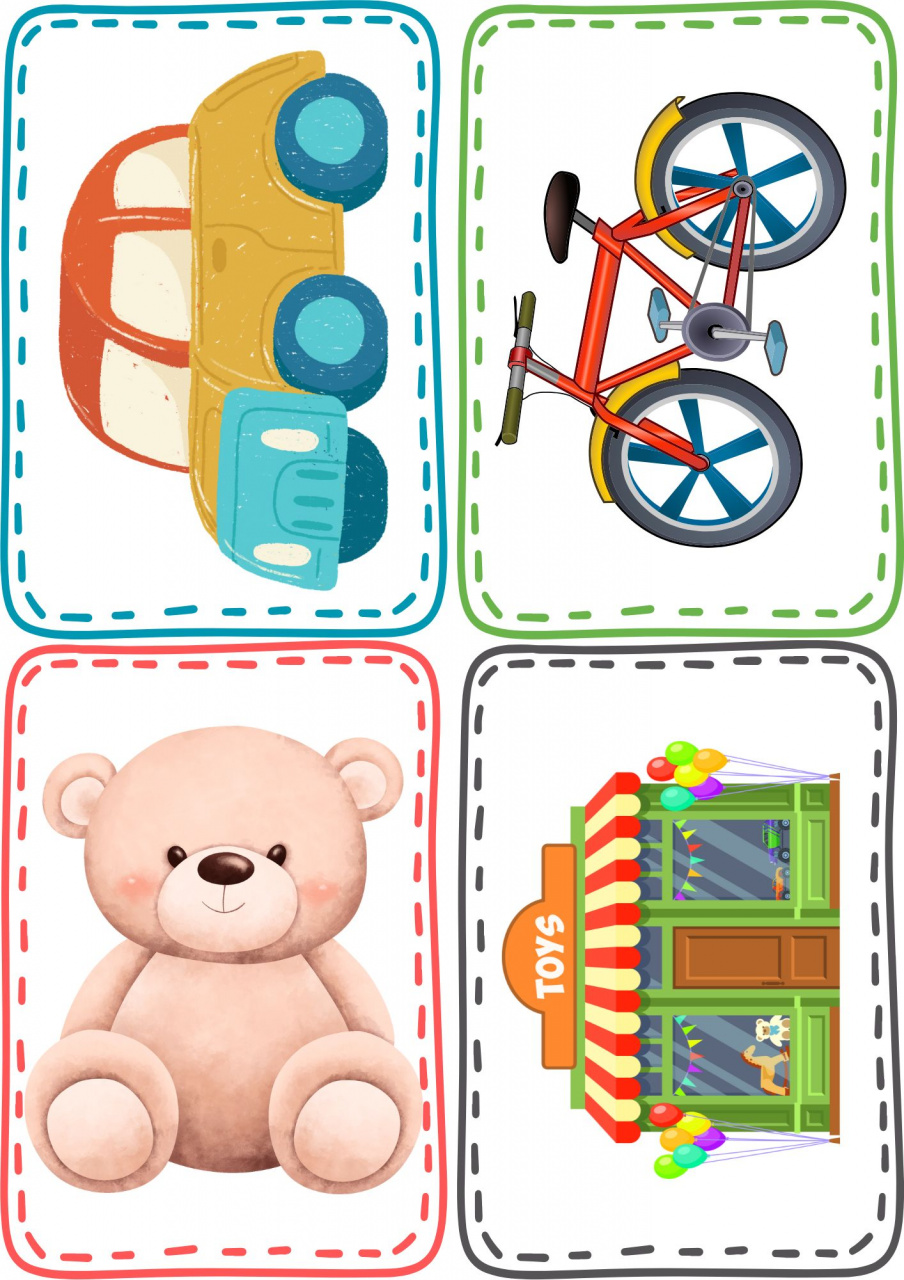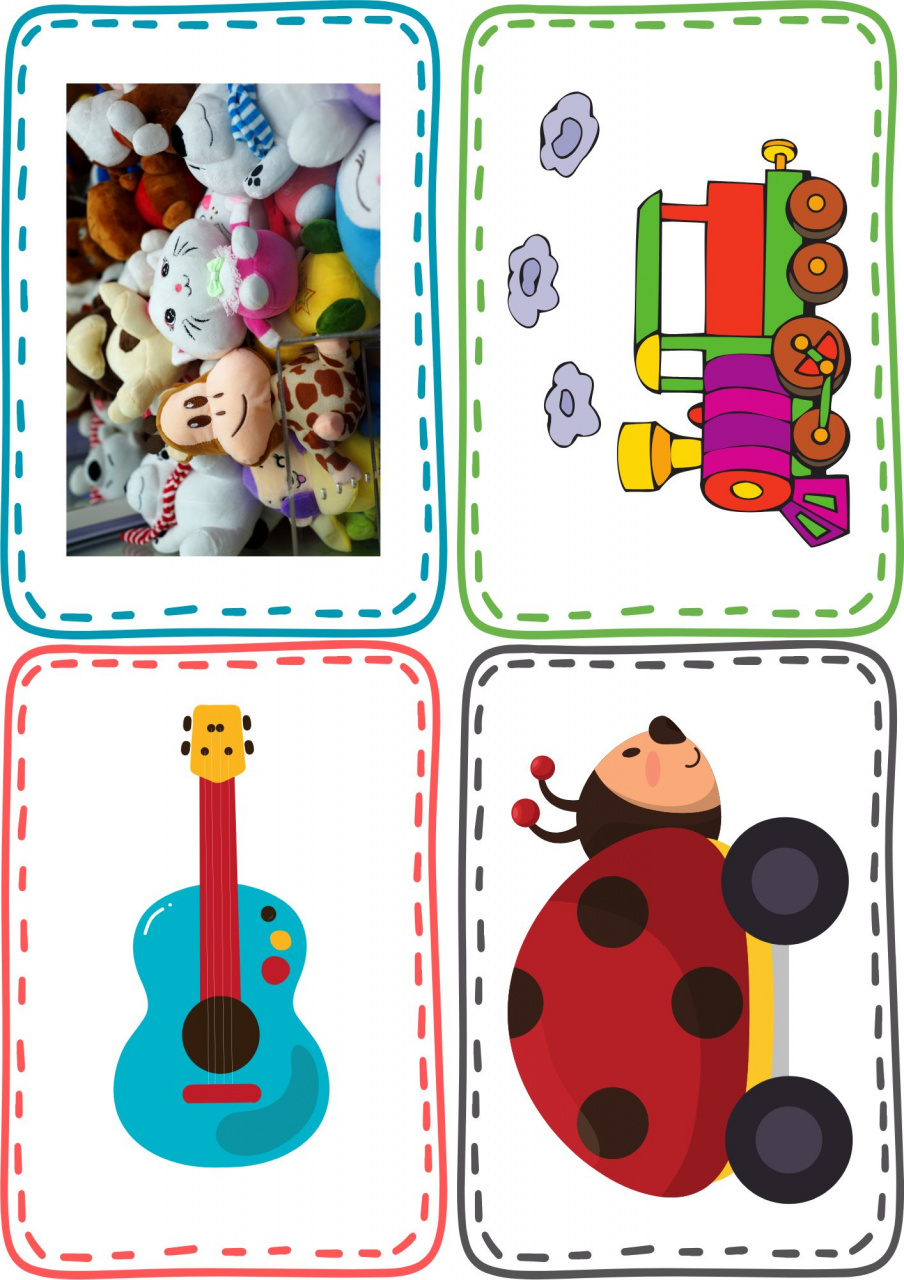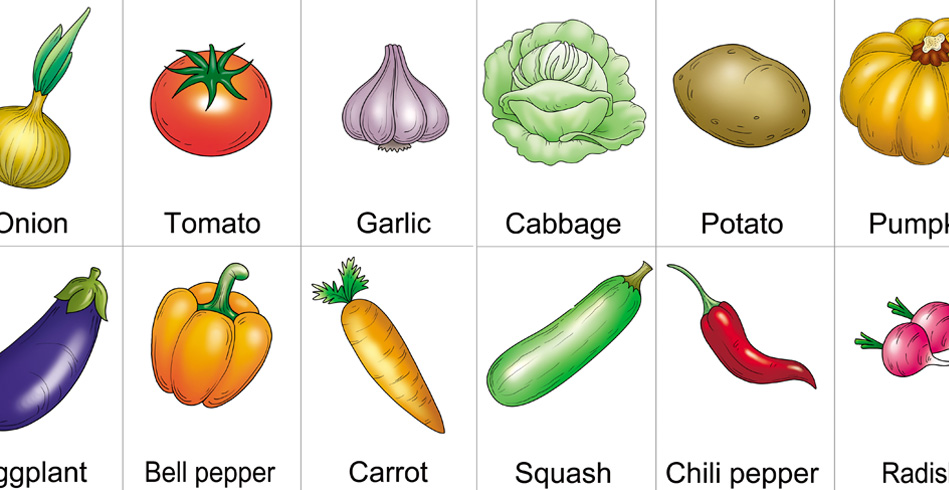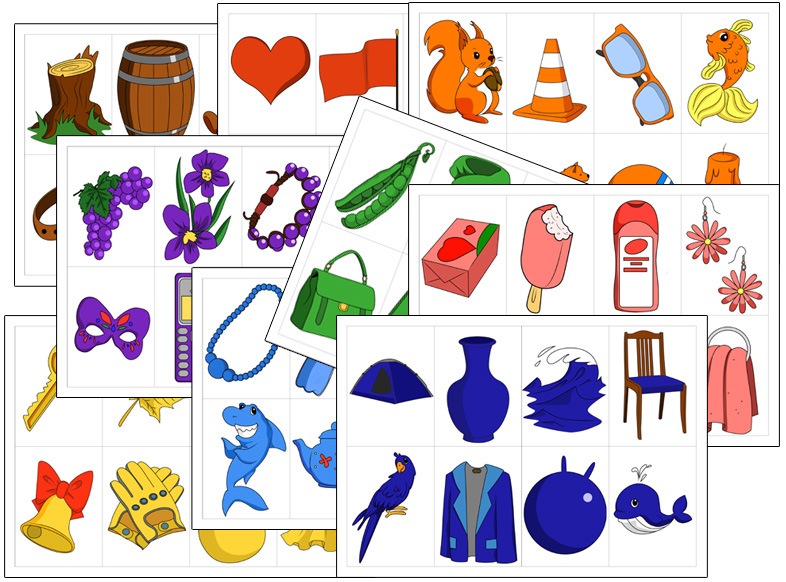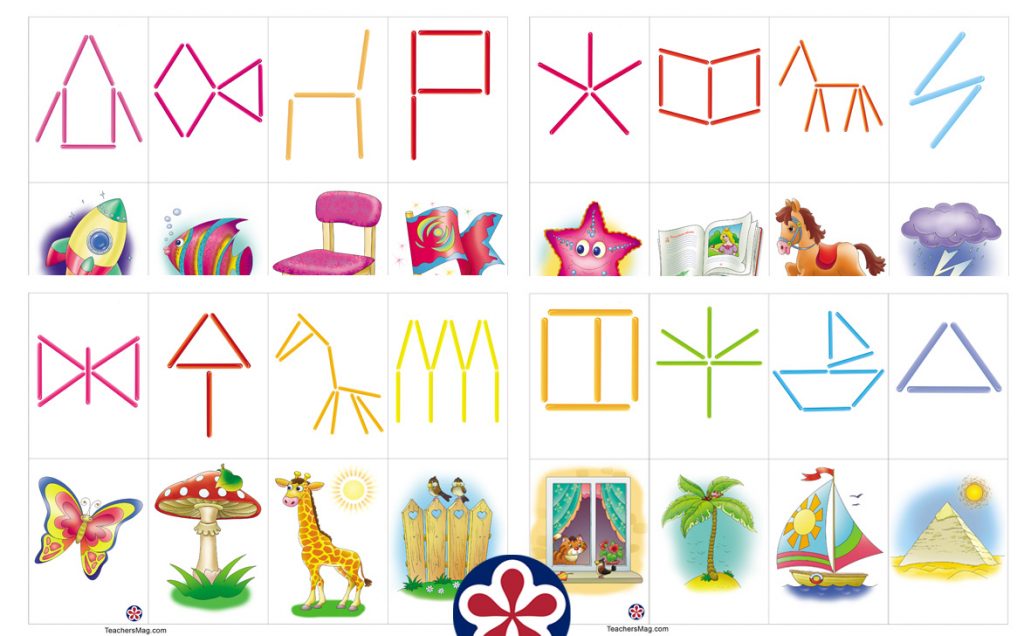Milene Carretero Sanches
Toys flashcards
These are toy-themed flashcards that can be used in a variety of ways, depending on your teaching goals and creativity. They are highly versatile and can be adapted for different age groups, especially for young learners in early elementary school who are beginning to learn basic English vocabulary. These flashcards work well in both in-person and online lessons, as long as the activities are well planned and engaging.
Personally, I often use them to introduce new vocabulary. The colorful and clear images help students make strong connections between the words and their meanings. Flashcards are a highly effective tool for language learning because children are very visual. They learn better when they can see, hear, and interact with the material at the same time. This kind of multisensory learning activates different areas of the brain and supports long-term memory retention.
One of the most popular activities in my classroom is the game “Go and get,” where students need to find a real object in the room or point to the corresponding image based on the toy name I say. This kind of activity gets students moving, makes the class more dynamic, and even encourages participation from the shyest learners. Another favorite is “Go and write,” where students, in pairs or small groups, run to the board to write the name of the toy they see on the flashcard. This game promotes spelling, visual recognition, and teamwork.
I also enjoy using prompts like “Show me something. ” and adding elements such as colors, size, or location. For example: “Show me something red” or “Show me something you can play with in the garden.” This allows students to review not only toy vocabulary but also adjectives and simple sentence structures, helping them expand their language skills in a playful and integrated way.
These flashcard activities can easily be adapted to different levels of proficiency and can also serve as a starting point for larger projects such as storytelling, role-plays, or simple writing tasks. Additionally, they are great for review sessions or to introduce new content in a fun and lighthearted manner.
In summary, toy flashcards are a powerful and practical tool for teaching English in early education. They encourage active learning, foster interaction among students, and allow language development to happen in a natural and enjoyable way. By turning learning into play, we make the content more meaningful and spark students’ interest in learning a new language.
